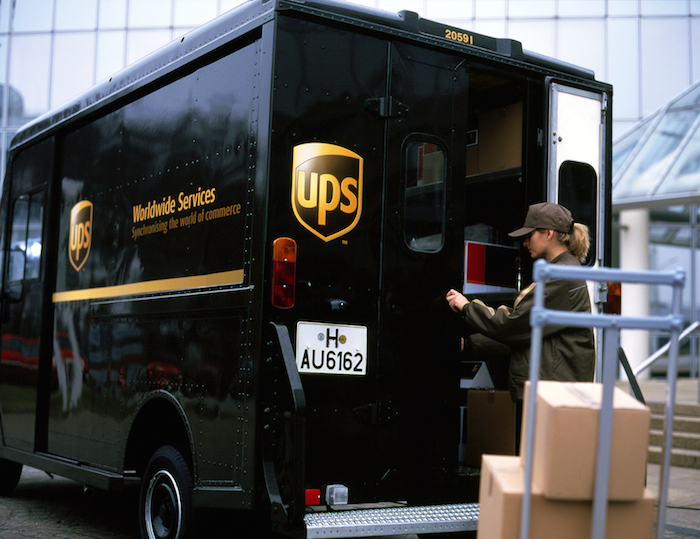Global e-commerce sales to fuel UPS growth
William B. Cassidy, Senior Editor | Feb 03, 2015 5:12PM EST

Profits may have plummeted at UPS in the fourth quarter, rattling investors, but global demand for the integrated transportation company’s package and freight service increased as online shopping drove e-commerce transactions and shipments to new heights.
The global online sales explosion supports a long-term positive outlook for “solid growth” in UPS’s package, supply chain and freight businesses, while the company works on aligning operating costs and pricing to avoid a repeat peak-season earnings miss in 2015.
Online sales in the U.S. broke records both on Black Friday, Nov. 28, and Cyber Monday, Dec. 1, with e-commerce sales over the full holiday weekend and on Cyber Monday rising 15.4 percent, according to theCustora E-Commerce Pulse online dashboard.
Desktop online holiday sales in the U.S. reached $53.3 billion in November and December alone, with $2 billion spent on Cyber Monday, according to comScore. But e-commerce is global, and increasingly goods ordered online flow across international boundaries.
Consumers in China, for example, increasingly purchase U.S. consumer goods online. By mid-2014, China had 632 million Internet users, with mobile phones overtaking PCs as the primary Internet access point, the China Internet Network Information Center reported.
While the global economy is expanding, “e-commerce is expected to outpace global GDP growth by four-fold and cross-border e-commerce (is expected to grow) seven times (that pace),” UPS CEO David Abney told investment analysts in a Feb. 3 conference call.
In October, UPS acquired i-parcel, a company that supports U.S. and U.K. e-commerce merchant websites, in a bid to move deeper into the cross-border e-commerce market. A PayPal study estimates cross-border e-commerce sales will surpass $300 billion by 2018.
Abney and other UPS executives admitted the company does need a better strategy for handling seasonal spikes in e-commerce activity and scaling its operations. “We will expand hub capacity in key areas, ultimately reducing the need for temporary sorts,” Abney said.
Permanent capacity expansions will reduce hiring and training costs, he said. “The pickup and delivery network was underutilized (in the fourth quarter),” Abney said. “In 2015, we will adjust operations as needed.” UPS will also adjust pricing, adding some peak surcharges.
E-commerce, however, will only grow, which means UPS must constantly readjust its holiday strategy. “The rapid growth of online retail over the last few years has pushed us beyond our normal peak workload and limited our traditional economies of scale,” Abney said.
In the fourth quarter, online orders helped fuel an 8.1 percent year-over-year increase in global consolidated package volume at UPS. The largest global transport operator after DHL Deutsche Post handled 1.3 billion packages in the quarter, up from 1.2 billion a year ago.
Fourth-quarter revenue rose 6.1 percent $15.9 billion, while net profit dropped 61 percent to $453 million. For the full year, UPS’s volume rose 5 percent to 4.6 billion packages, revenue increased 5 percent to $58.2 billion, and net profit dropped 30.6 percent to $3 billion.
In addition to $200 million in additional costs associated with the 2014 peak season, UPS’s earnings were also hit by higher pension expenses, pretax charges and restructuring charges. In addition, global currency fluctuations reduced revenue in U.S. dollars.
International package volume in the fourth quarter rose 6.2 percent, while U.S. domestic package volume climbed 6.6 percent. In the U.S., deferred air package volume rose 10.6 percent and ground volume, 7.1 percent. Next-day air volume, however, fell 3.2 percent.
In the long run, the rapid, global growth of e-commerce is more important to UPS than the earnings shortfall, which the company first made public Jan. 23. “Fortunately for UPS, there are opportunities for growth outside of general economic expansion,” Abney said.
No comments:
Post a Comment